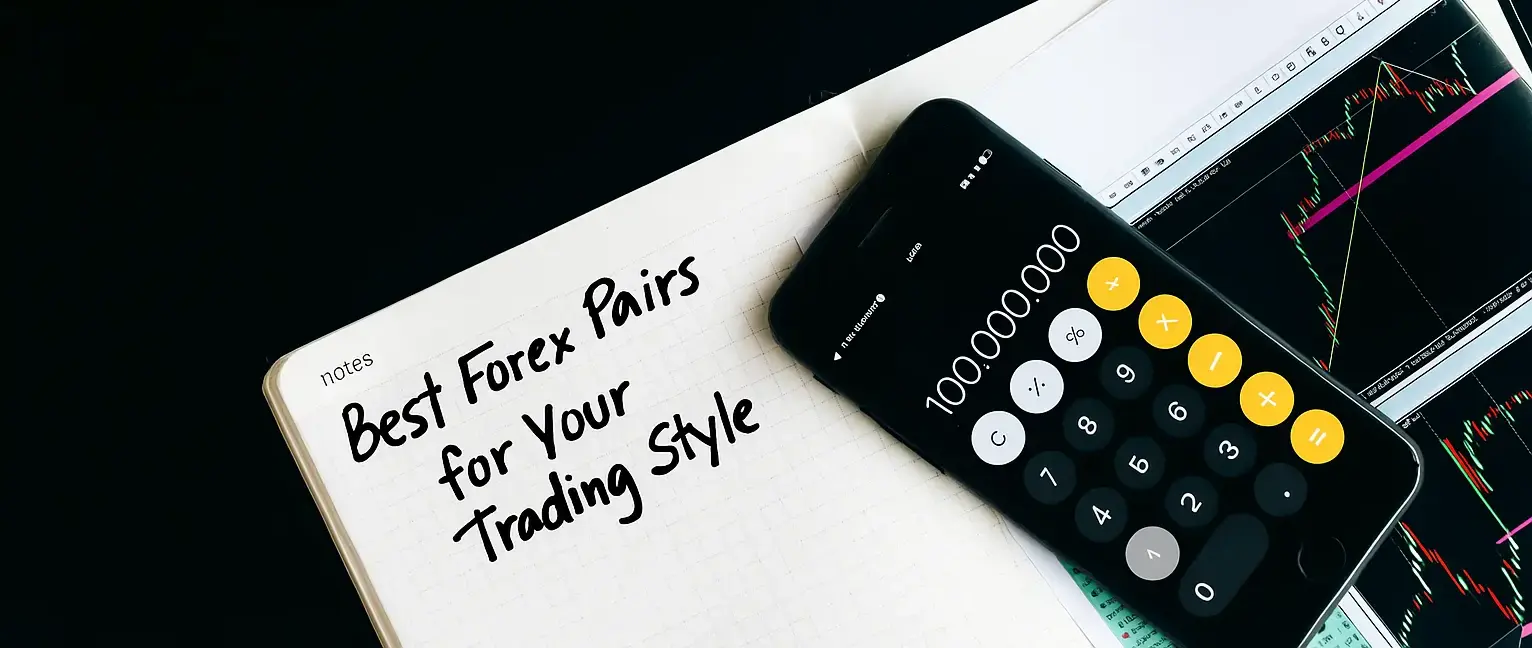FOMC: What is It and How Does it Impact Markets?
Written by Emma on April 10, 2025.If you’re a trader who just took a hit thanks to the latest FOMC meeting, you’re not alone. Those Federal Open Market Committee announcements can feel like a tidal wave crashing over your carefully laid plans
It’s frustrating when a news event like that throws your trades off course. But here’s the thing: you’re in good company, and this is a perfect chance to unpack what happened, learn from it, and gear up to tackle the next one like a pro. Let’s dive into the FOMC’s market-moving magic, why it shook things up, and how you can handle it better next time.

What’s the FOMC Anyway?
So, what’s the deal with the FOMC? The Federal Open Market Committee is the part of the Federal Reserve that sets monetary policy; think interest rates and money supply. A handful of times a year, they meet to decide whether to hike rates, cut them, or leave them be. They then announce decisions that can ripple through the markets like a stone hitting water. These decisions don’t just nudge the market, they can send it sprinting in unexpected directions.
How Does it Work?
So how does it work? If the FOMC signals higher rates, borrowing gets more expensive. As a result, companies may tighten their belts, and stocks can take a dip. Alternatively, a rate cut, or even a hint of one, can light a fire under equities as cheap money flows in.
Here’s where it gets tricky: it’s not just about the decision itself. Markets, much like moody teenagers, react to what’s expected versus what they get. If traders were betting on an “everything’s chill” vibe and the Fed comes out swinging instead, cue the chaos. Add in Fed Chair Jerome Powell’s press conference, where every word gets dissected, and you’ve got a recipe for volatility that can catch even the sharpest traders off guard.
Why FOMC Can Hit Hard
Let’s be real: no one’s got a crystal ball (if you do, please share!). The FOMC’s latest moves can pack a punch when the market’s expectations don’t quite line up with reality. Maybe analysts were buzzing about a steady rate path, but the Fed hinted at tightening or the opposite. Maybe the tone shifted the mood, and suddenly, your positions are swimming against the current.
It happens! Volatility spikes, liquidity dries up for a hot second, and trades that look solid can unravel fast. But here’s the silver lining: every trader’s been there, and every stumble is a chance to level up.
Your Playbook for Next Time
You’re not just a trader, you’re a strategist, and the FOMC is another puzzle to crack. Here’s how you can prep for the next meeting.

- Know the Odds: Before the meeting, peek at the Fed funds futures (CME’s FedWatch Tool is a gem for this) or skim analyst forecasts. These give you a sense of what the market’s pricing in, for example, a 75% chance of a rate hike. You can position yourself accordingly or at least brace for the “what if” scenarios.
- Decode the Clues: Tune in live if you can, words like “vigilant” (hawkish) or “accommodative” (dovish) can flip the script fast. X posts from market watchers can also tip you off to the vibe in real time.
- Master Risk Management: Volatility’s a beast. Tighten those stop-losses, scale down your position sizes, or sit on the sidelines until the dust settles. Protecting your capital is just as important as chasing gains.
- Post-Game Analysis: After the chaos, replay your trades. What caught you off guard? Was it the headline, the market’s overreaction, or your timing? Those notes will help you for next time.
You’ve Got This!
Here’s the bottom line: one rough day doesn’t define you. Think of this as a plot twist in your trading story, it’s not the end, just a chapter that makes the comeback even sweeter. Dust yourself off, refuel, check your emotions, and get back in there when you’re ready.



